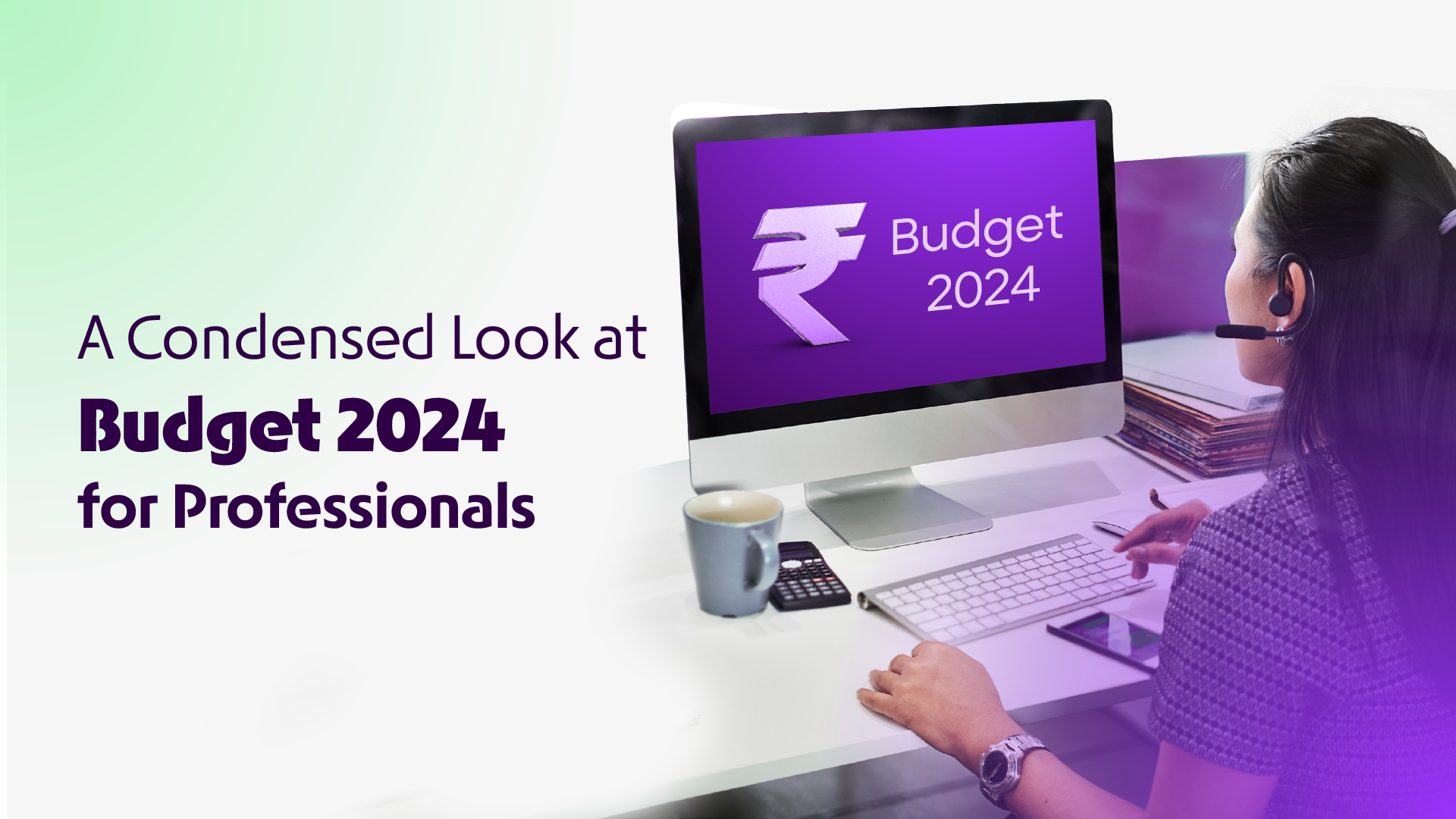The accounting landscape has been agile. With the ever-evolving nature of the accounting sector, the need for sophisticated and effective practice management tools has become paramount. Many accounting firms have turned to project management software, like Asana, Trello, Monday, etc., in an attempt to streamline their workflows. However, as these tools are not specifically designed for the nuances of accounting, their effectiveness may fall short.
In this blog, we’ll explore the unique challenges faced by accounting professionals while using Asana & other similar project management tools for practice management. We will also explore an alternative tailored specifically for Chartered Accountants and tax practitioners.
What is Asana & How does it work?
Asana is a popular project management tool designed to enhance project organization and collaboration. It offers features like task tracking, team collaboration, and project timeline management. Asana works on a basic principle of comprehensive project management. With features like task dependency, timelines, and customizable project view, Asana facilitates project planning and execution. Teams can communicate within tasks, upload attachments, and even track progress, making it a flexible solution for project management to boost collaboration. However, while Asana serves admirably for general project management, its application to the specific needs of accounting firms has some limitations.
Shortcomings of Asana for Practice Management
1. Client Reminders and Communication Challenges
One of the fundamental aspects of practice management for accounting firms is timely client communication. Unfortunately, Asana lacks the ability to send automatic client reminders and integrate emails directly, making client interactions less seamless. Imagine an accounting firm that uses Asana for project management. A critical tax filing deadline is approaching for a group of clients. Without automatic client reminders and email integration in Asana, the team struggles to ensure timely communication. They find it challenging to remind clients about required documents, updates on the progress of their tax preparations, and upcoming deadlines. This lack of seamless communication hampers client satisfaction and could potentially lead to missed deadlines or incomplete documentation.
2. CRM Capabilities and Client Information
Client Relationship Management (CRM) is crucial for maintaining strong client relationships. Asana’s lack of dedicated CRM features makes it challenging to centralize client information and interactions. Picture an accounting firm dealing with a diverse clientele, each with unique needs and preferences. Without dedicated CRM features in Asana, the firm finds it difficult to centralize client information and interactions. They can’t easily track client preferences, past communications, or specific requirements. This lack of a centralized system makes it hard for the team to provide personalized and tailored services, impacting overall client satisfaction and the firm’s ability to anticipate and meet client needs effectively.
3. Time Tracking and Budgeting Constraints
Accurate time tracking is vital for billing clients appropriately and managing resources efficiently. Asana’s absence of direct time tracking or budgeting features poses challenges for accounting firms in this regard. Consider an accounting project where multiple team members are working on different tasks for various clients. As Asana lacks direct time tracking and budgeting features, the team struggles to accurately track the time spent on each client’s project. This makes it challenging to generate precise invoices, leading to potential billing errors. Additionally, without effective budgeting tools, the firm finds it hard to manage resources efficiently, risking project overruns and potential financial losses.
4. Integration with Accounting Software
For accounting professionals, the direct integration of project management tools with accounting software is crucial. Asana’s lack of this feature increases the manual workload and the risk of errors. Envision an accounting firm that uses specialized accounting software for financial tasks. Without direct integration between Asana and their accounting software, the team faces an increased manual workload. They have to manually transfer project-related financial data, risking errors and delays in financial reporting. This lack of integration hinders the firm’s ability to maintain accurate financial records and may lead to inconsistencies in client billing and project financials.
5. Client Portal Absence
A secure and dedicated client portal is essential for document sharing and collaboration. Asana’s lack of a built-in client portal means accounting firms need to seek additional solutions for secure client communication. Picture an accounting firm handling sensitive financial documents for clients. Due to Asana’s absence of a built-in client portal, the firm has to resort to external solutions for secure document sharing and collaboration. This creates additional steps in the workflow, introducing potential security risks and making the process less efficient. The lack of a dedicated client portal also affects the overall client experience, as clients may find it inconvenient to use multiple platforms for communication and document sharing.
How Can Leveraging a Practice Management Tool Built for CAs & Tax Practitioners Help?
Enter Open Accountant—a practice management tool designed specifically for chartered accountants and tax practitioners. Here’s how Open Accountant addresses the shortcomings of Asana:
1. Manage, Allocate & Track Tasks Efficiently
Open Accountant aims to mitigate the current challenges in the professional practice. It can help in streamlining task management, ensuring that team members are allocated tasks effectively and progress is easily tracked. This is essential for meeting project deadlines and delivering high-quality services to clients.
2. Sync Your Email & Receive WhatsApp Notifications
With seamless email integration and WhatsApp notifications, Open Accountant enhances communication within the team and with clients. This feature ensures that everyone stays in the loop, leading to better collaboration.
3. Client Portal for Document Sharing
Open Accountant provides a dedicated client portal for secure document sharing. This not only improves client communication but also ensures that sensitive information is shared in a protected environment.
4. In-built GST & TDS Filing for Clients
A standout feature of Open Accountant is its ability to handle GST & TDS filing for clients. This integrated approach reduces the need for multiple tools and ensures accuracy in tax compliance.
5. Generate GST-Compliant e-Invoices in a Click
Simplify your invoicing process with Open Accountant’s ability to generate GST-compliant e-invoices effortlessly. This not only saves time but also ensures compliance with tax regulations.
6. File GSTR-1 & Get Instant GST Reports Seamlessly
Open Accountant facilitates the smooth filing of GSTR-1 and provides instant GST reports. This level of automation significantly reduces the chances of errors and ensures timely compliance with GST regulations.
7. Make Tax Payments in a Single Click
The ability to make tax payments with just a single click streamlines the financial processes for accounting firms. This feature enhances efficiency and minimizes the risk of errors in the payment process.
8. Easily Automate Reconciliation of Taxes
Open Accountant’s automation capabilities extend to tax reconciliation, ensuring that financial records are accurate and up-to-date. This feature is invaluable for accounting firms dealing with complex financial transactions.
In conclusion, while Asana excels as a general project management tool, Open Accountant emerges as a tailored solution for the unique needs of accounting firms. With features designed specifically for chartered accountants and tax practitioners, Open Accountant offers a comprehensive and efficient practice management solution, addressing the shortcomings faced when using Asana in the accounting domain. Making the right choice between these tools can significantly impact the effectiveness and success of your accounting firm.
Want to learn more about how can tailored solutions like Open Accountant help CAs? Check out this video –
Open Accountant: Your All-in-One Practice Management Solution for Finance Professionals
Interested in more such insightful articles? Make sure you subscribe to our newsletter!




